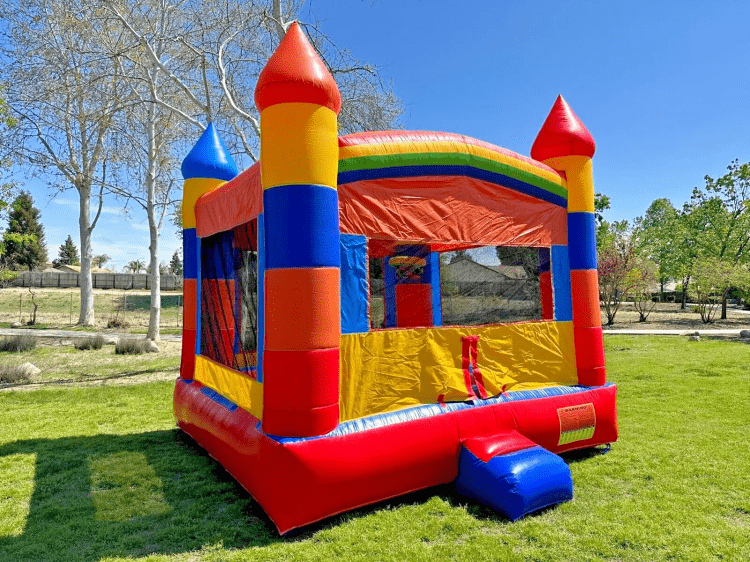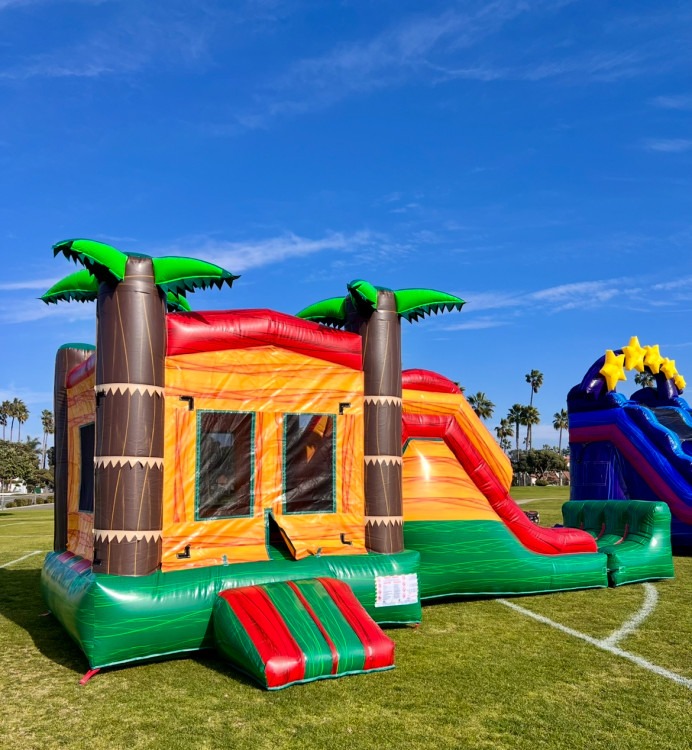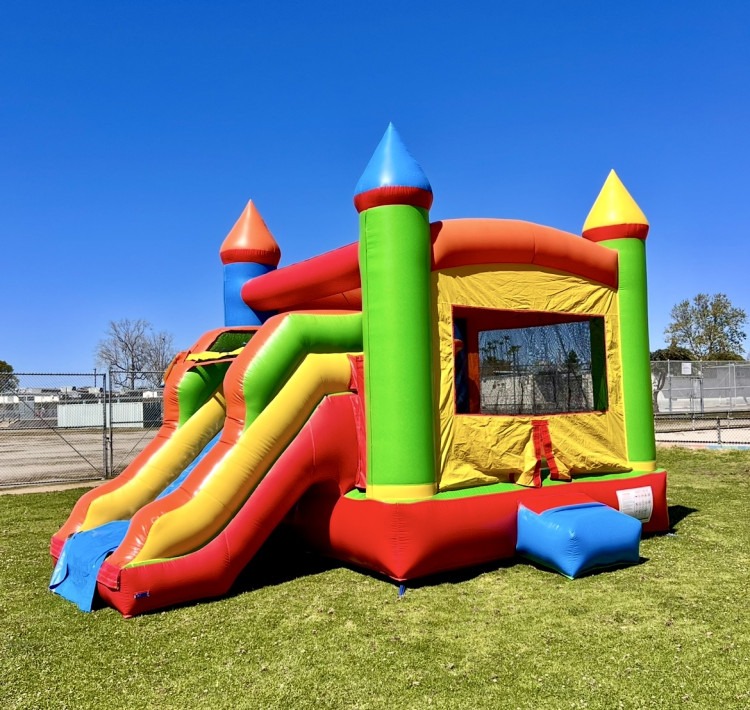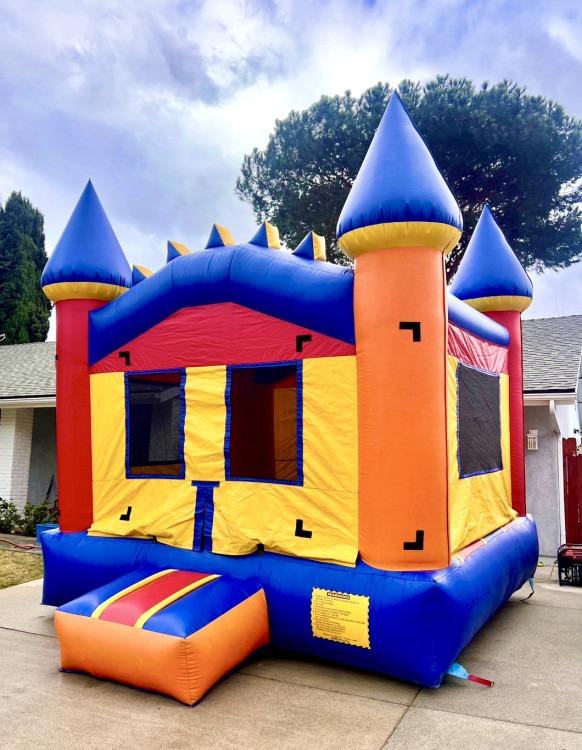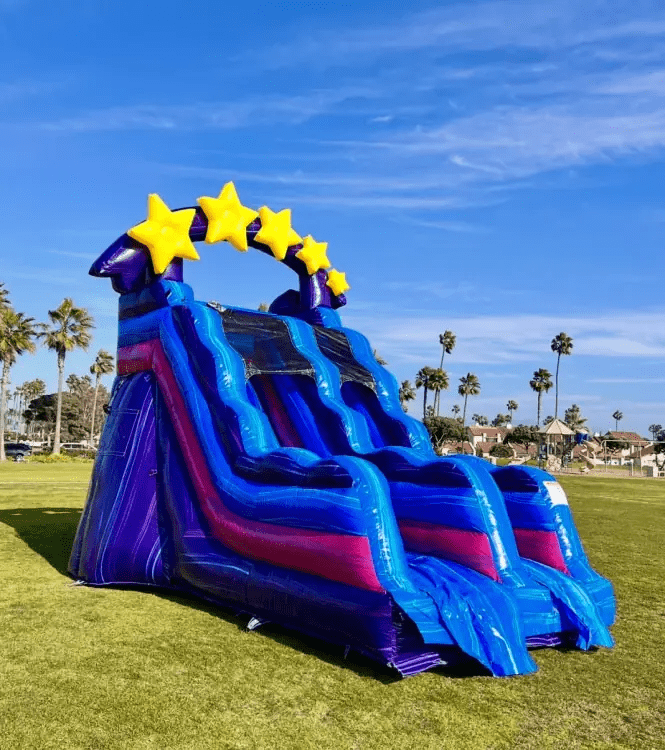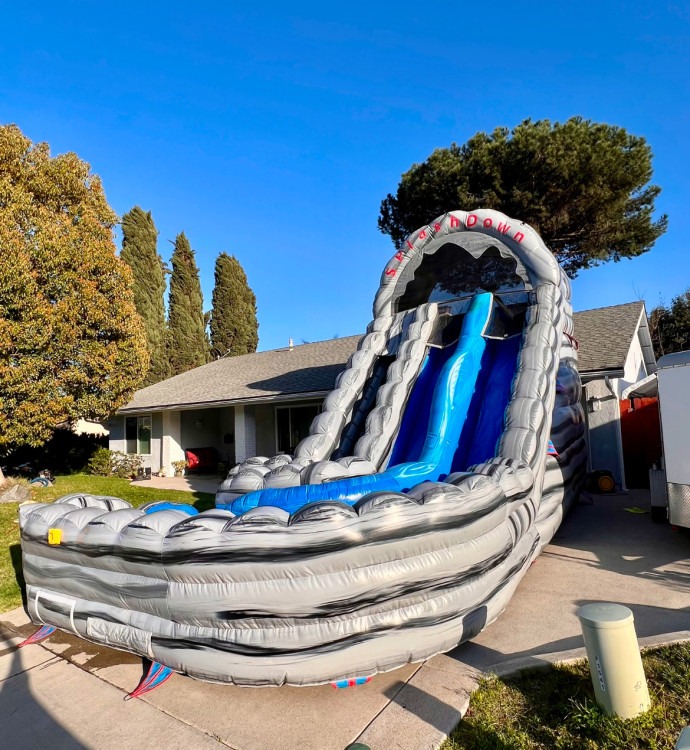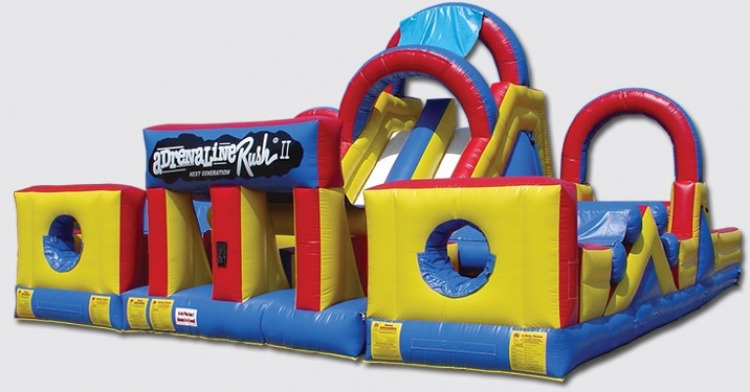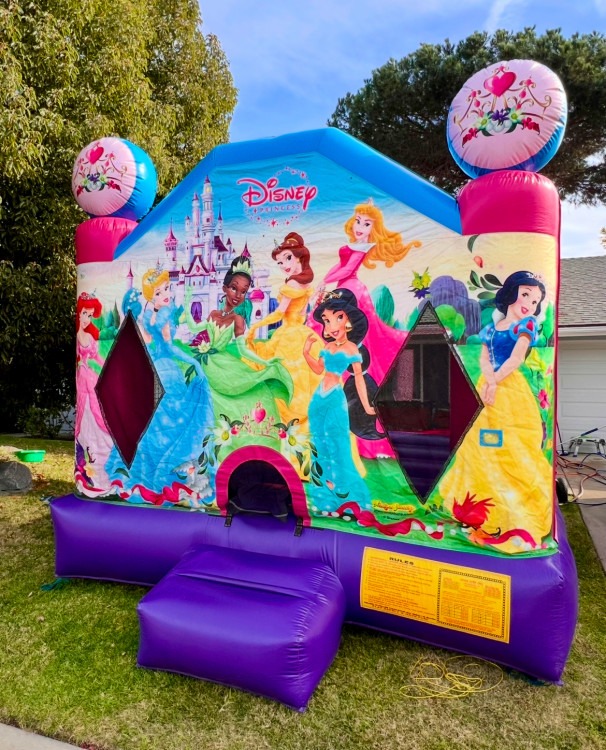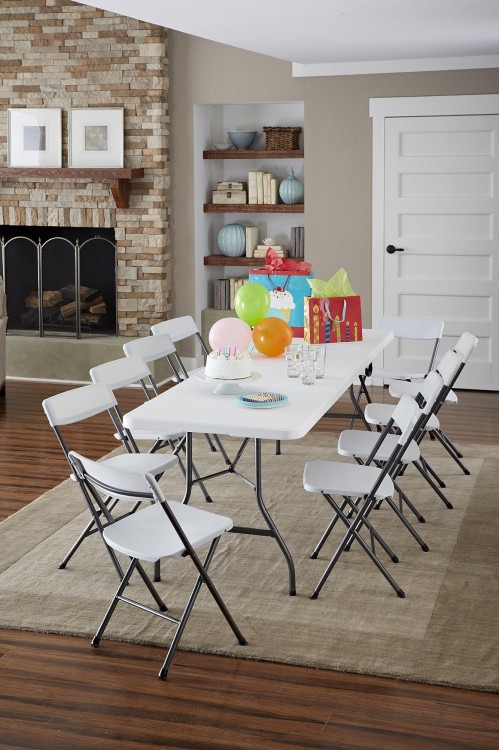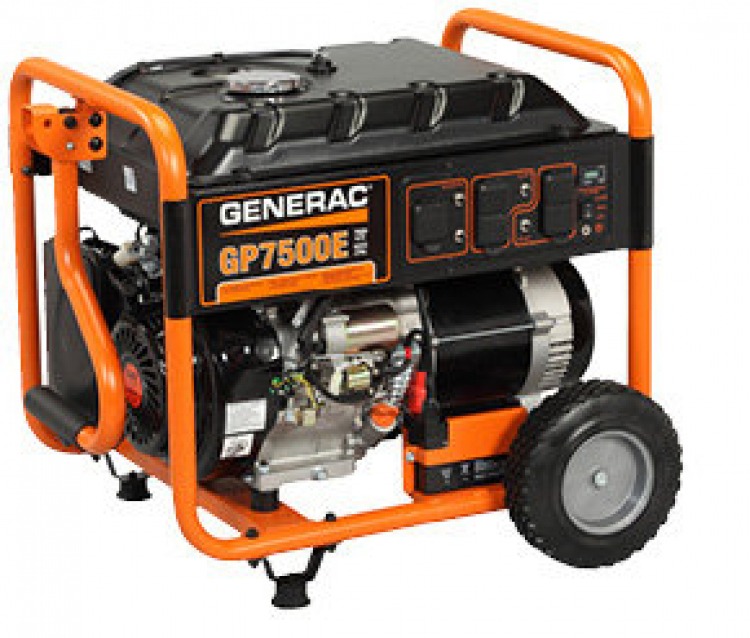How do I know if my yard is suitable for a Bounce House?
Bounce houses are a fantastic way to bring excitement to parties and gatherings. Whether it’s a birthday celebration or a family event, these inflatable structures provide endless fun for kids and even adults. However, before setting up a bounce house in your yard, it’s crucial to determine whether your outdoor space is suitable for it. Factors such as surface type, space availability, and bounce house safety measures all play a role in ensuring a secure and enjoyable experience.
Evaluating Your Yard for a Bounce House
1. Space Requirements for a Bounce House
One of the first things to check is whether your yard has enough space to accommodate a bounce house. The size of the inflatable will depend on the type you choose, but most standard bounce houses require at least:
- A flat area of at least 15×15 feet for smaller models.
- Larger designs may need 20×20 feet or more.
- At least 3-5 feet of clearance around the bounce house for safety.
If your yard is too small or cluttered with obstacles like trees, fences, or furniture, you may need to reconsider its placement or opt for a smaller inflatable.
2. Surface Type and Stability
The type of ground in your yard significantly impacts the bounce house safety. Bounce houses should be set up on a level surface to ensure stability and prevent tipping. The ideal surfaces include:
- Grass – This is the safest and most recommended surface, as it provides cushioning in case of falls.
- Concrete – A bounce house can be set up on concrete, but extra precautions, such as securing it with heavy-duty sandbags and using a protective mat, should be taken.
- Asphalt – Similar to concrete, this surface is hard and requires padding or mats for added safety.
- Gravel or rocky terrain – Not recommended, as it can puncture the inflatable and cause injuries.
3. Overhead Clearance and Surrounding Obstacles
A bounce house needs adequate overhead clearance to prevent damage and injuries. Ensure that there are no tree branches, power lines, or structures within at least 15-20 feet above the bounce house. Additionally, consider nearby obstacles such as:
- Fences or walls that may cause an impact.
- Swimming pools or bodies of water that pose drowning hazards.
- Sharp objects or garden tools that could puncture the inflatable.
Clearing these obstacles will enhance bounce house safety and prevent potential accidents.
Ensuring Bounce House Safety in Your Yard
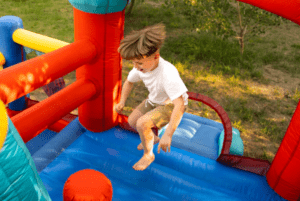
4. Weather Conditions and Wind Safety
Weather plays a crucial role in determining whether your yard is suitable for a bounce house. Some conditions that can impact safety include:
- Strong Winds – If winds exceed 15-20 mph, it is unsafe to set up a bounce house. Even if properly anchored, strong gusts can lift or tip it over.
- Rain and Storms – Wet conditions can make surfaces slippery, increasing the risk of falls. Water can also damage the bounce house material.
- Extreme Heat – High temperatures can make the bounce house material hot, leading to burns or discomfort for children. Consider setting it up in a shaded area.
5. Anchoring the Bounce House Securely
Proper anchoring is essential to bounce house safety, especially in outdoor setups. Most inflatables come with stakes or sandbags to keep them in place. Follow these steps for secure anchoring:
- Use heavy-duty metal stakes (at least 12 inches long) on grassy areas.
- On concrete or asphalt, use weighted sandbags or water-filled anchors.
- Regularly check the anchors to ensure they remain secure during use.
6. Accessibility to Power Supply
Bounce houses require a continuous air supply to remain inflated. Check whether your yard has access to a reliable power source. Consider the following:
- Most blowers require a standard 110V outlet.
- Use an outdoor-rated extension cord if the outlet is far.
- Ensure the power cord is safely placed to prevent tripping hazards.
If your yard does not have easy access to electricity, you may need a gas-powered generator to run the blower.
7. Supervision and Safety Rules
Regardless of how suitable your yard is, bounce house safety depends on proper supervision and rule enforcement. Implement these safety guidelines:
- Adult supervision is mandatory at all times.
- Set a maximum weight limit to avoid overloading.
- Allow only same-age groups inside to prevent collisions.
- No sharp objects, food, or drinks inside the bounce house.
Setting up clear rules will ensure a safe and enjoyable experience for everyone.
Conclusion
Setting up a bounce house in your yard can be a fantastic addition to any event, but it’s essential to evaluate your space for bounce house safety. Consider factors like space availability, surface type, overhead clearance, weather conditions, anchoring, and accessibility to power. By taking the necessary precautions, you can create a fun and secure environment for kids to enjoy.

